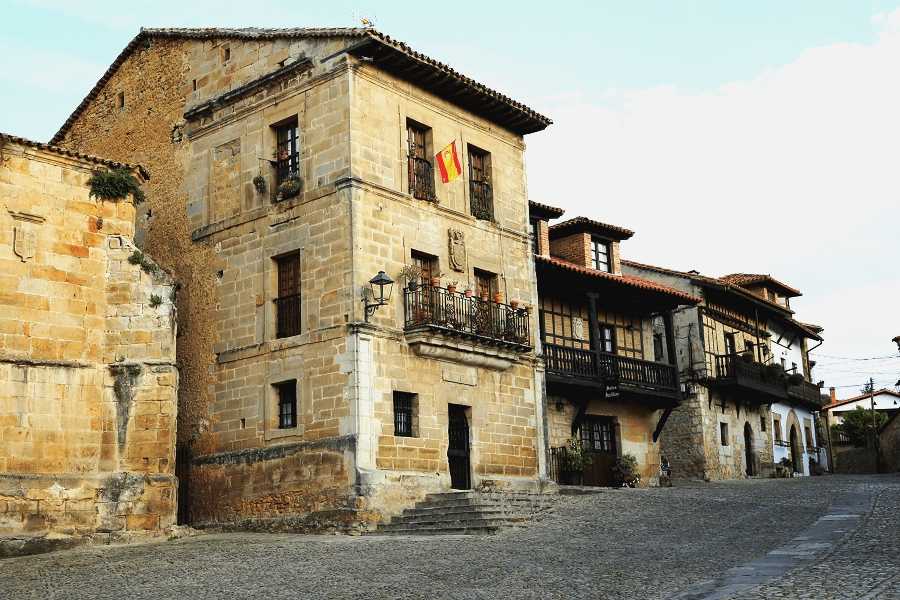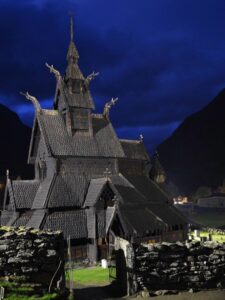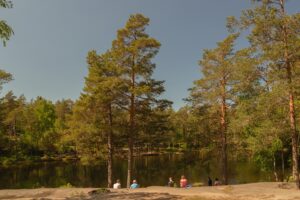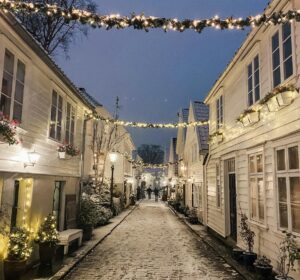Santillana del Mar: A Beautiful Medieval Village
Nestled in the lush region of Cantabria in northern Spain, Santillana del Mar is a picturesque village that seems to have been frozen in time. Known for its well-preserved medieval architecture and charming cobblestone streets, this village offers a unique glimpse into the past. Whether you’re a history enthusiast, a lover of architecture, or simply someone looking to explore a quaint and beautiful locale, Santillana del Mar is a must-visit destination.
What to See in Santillana del Mar
As you wander through the narrow, winding streets of Santillana del Mar, you’ll be captivated by the stunning medieval buildings that line the way. The village is often referred to as “the town of three lies” because it is neither a saint (Santo), nor flat (llana), nor by the sea (del Mar). Despite this, it offers plenty to see and do.
One of the main attractions is the Collegiate Church of Santa Juliana, a Romanesque masterpiece that dates back to the 12th century. Its cloister is particularly noteworthy, with intricately carved capitals that depict biblical scenes and mythical creatures. The church is a testament to the village’s rich religious history and is a must-see for any visitor.
Another highlight is the Altamira Museum, which houses replicas of the famous Altamira Cave paintings. These prehistoric artworks, often referred to as the “Sistine Chapel of Prehistory,” are some of the most important examples of Paleolithic art in the world. While the original cave is closed to the public to preserve the paintings, the museum offers an excellent opportunity to appreciate these ancient masterpieces.
A Bit of History and Interesting Facts
Santillana del Mar has a long and fascinating history that dates back to the early Middle Ages. The village grew around the Collegiate Church of Santa Juliana, which was built to house the relics of the saint. Over the centuries, Santillana del Mar became an important religious and cultural center, attracting pilgrims and travelers from all over Europe.
One interesting fact about Santillana del Mar is that it has been declared a National Monument, which has helped preserve its unique character and charm. The village’s commitment to maintaining its historical integrity means that modern development is strictly controlled, allowing visitors to experience a truly authentic medieval atmosphere.
Another intriguing aspect of Santillana del Mar is its connection to the Camino de Santiago, a famous pilgrimage route that stretches across northern Spain. While the village is not directly on the main path, it has historically served as a stopover for pilgrims making their way to Santiago de Compostela.
Getting There and Tips for First-Time Visitors
Santillana del Mar is easily accessible by car, bus, or train. If you’re driving, the village is located about 30 kilometers west of Santander, the capital of Cantabria. There is ample parking available on the outskirts of the village, as cars are not allowed in the historic center to preserve its medieval charm.
For those traveling by public transport, there are regular bus services from Santander and other nearby towns. The nearest train station is in Torrelavega, about 10 kilometers away, from where you can catch a bus or taxi to Santillana del Mar.
First-time visitors should be prepared to do a lot of walking, as the village is best explored on foot. Comfortable shoes are a must, as the cobblestone streets can be uneven. It’s also a good idea to bring a camera, as there are countless photo opportunities around every corner.
While Santillana del Mar can be visited year-round, the best time to go is during the spring or fall when the weather is mild, and the village is less crowded. If you’re visiting in the summer, be prepared for larger crowds, as this is a popular tourist destination.
In conclusion, Santillana del Mar is a captivating village that offers a unique blend of history, culture, and natural beauty. Whether you’re exploring its medieval streets, admiring its architectural wonders, or learning about its fascinating past, you’re sure to be enchanted by this charming corner of Spain.








